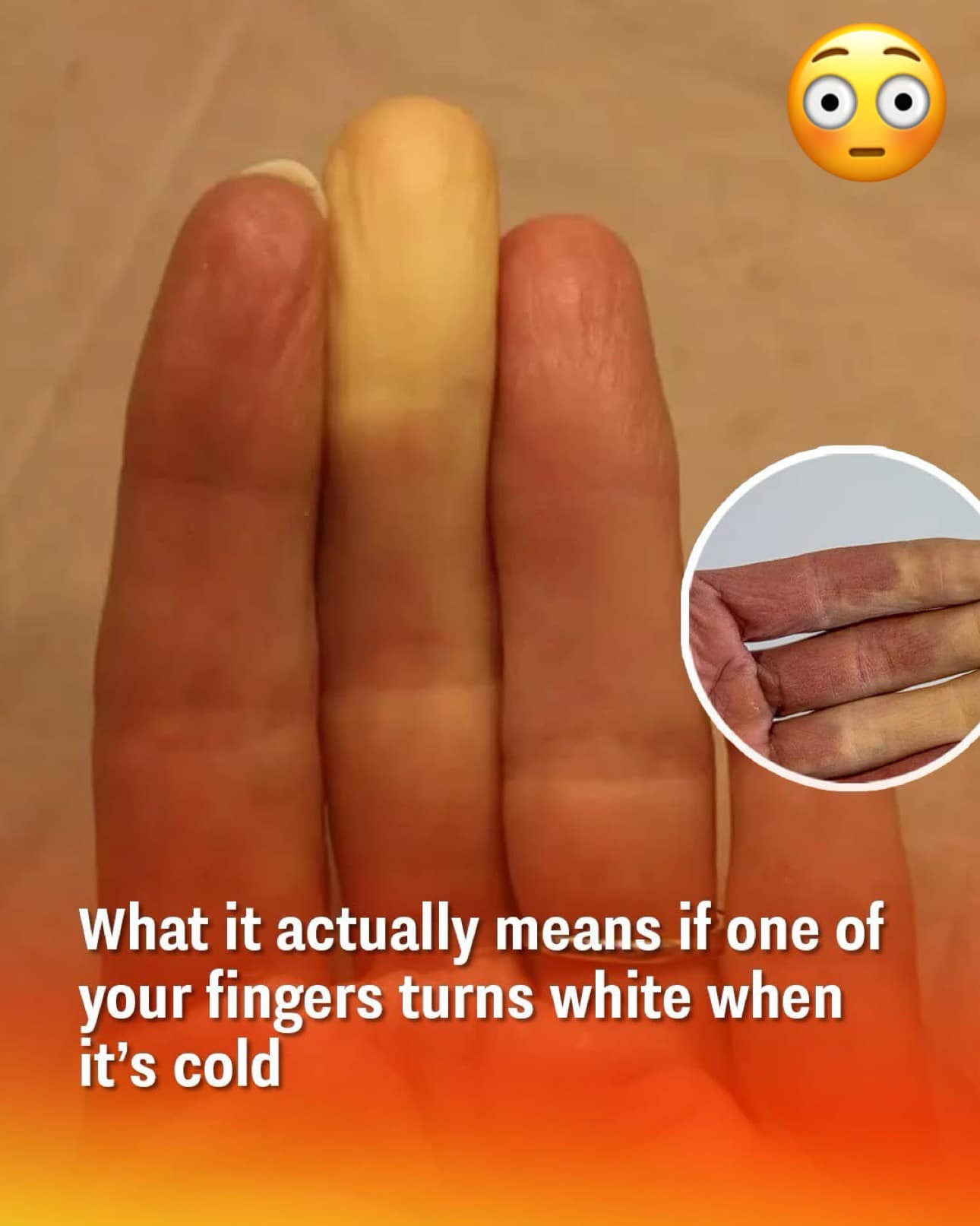Raynaud’s phenomenon—also known as Raynaud’s syndrome or Raynaud’s disease—is a condition that affects blood circulation, particularly in the extremities.
In individuals with Raynaud’s, exposure to cold temperatures or high levels of stress can cause small arteries supplying blood to the skin to narrow dramatically, a process known as vasospasm. This restricts blood flow, resulting in a series of color changes in the affected areas, usually the fingers and toes, but sometimes also the nose, ears, lips, or even nipples.
Typically, a Raynaud’s attack progresses in three stages. First, the affected body parts turn white (pallor) as the blood supply diminishes. This is followed by a blue (cyanotic) phase due to a lack of oxygen in the tissues. Finally, as the spasms subside and blood flow resumes, the skin turns bright red (rubor) before returning to its normal color. These changes are often accompanied by sensations of numbness, tingling, throbbing, or even pain. Raynaud’s phenomenon is more commonly seen in women than in men and is most likely to develop between the ages of 15 and 30, although it can occur at any age. The severity and duration of attacks vary from person to person. Some people experience symptoms that last just a few minutes, while others may suffer for several hours, depending on environmental conditions and emotional state.
Aside from cold exposure, other triggers include stress and anxiety, both of which can prompt vascular spasms. Prolonged use of vibrating tools—such as jackhammers or drills—can also increase the risk of developing Raynaud’s, particularly in occupational settings. There are two types of Raynaud’s: primary (which occurs on its own without an associated disease) and secondary (which is linked to other underlying conditions such as scleroderma, lupus, or rheumatoid arthritis). Although Raynaud’s can be uncomfortable and distressing, serious complications are rare. In extreme cases, particularly in secondary Raynaud’s, repeated episodes may lead to tissue damage, resulting in ulcers, sores, or even gangrene, but these outcomes are uncommon with proper management.
Preventative measures can greatly reduce the frequency and severity of attacks. Wearing warm gloves and socks during colder weather is highly effective, as is dressing in layers to retain body heat. It’s also important to manage stress through relaxation techniques such as meditation, deep breathing exercises, or yoga. Smoking cessation is strongly recommended, as nicotine constricts blood vessels and can worsen symptoms. For some individuals, medications that dilate blood vessels, such as calcium channel blockers, may be prescribed to help prevent or lessen the severity of attacks. In rare and severe cases, surgical options like sympathectomy (cutting nerves to reduce vessel constriction) may be considered. If you or someone you know experiences frequent episodes of finger or toe discoloration and discomfort, especially in response to cold or stress, it’s worth consulting a healthcare professional. Early diagnosis and management can help prevent complications and improve quality of life. Raynaud’s phenomenon serves as a reminder of how sensitive and finely tuned the body’s circulatory system is—and how even small changes in temperature or emotional state can have a visible impact on health.
